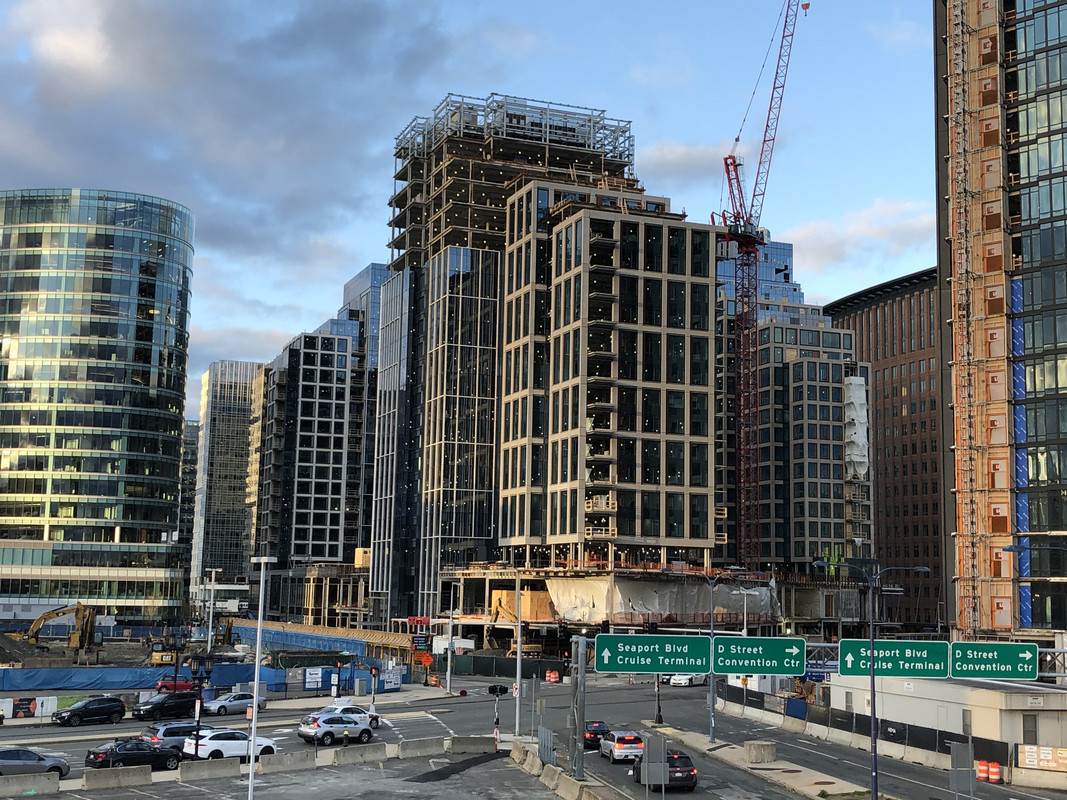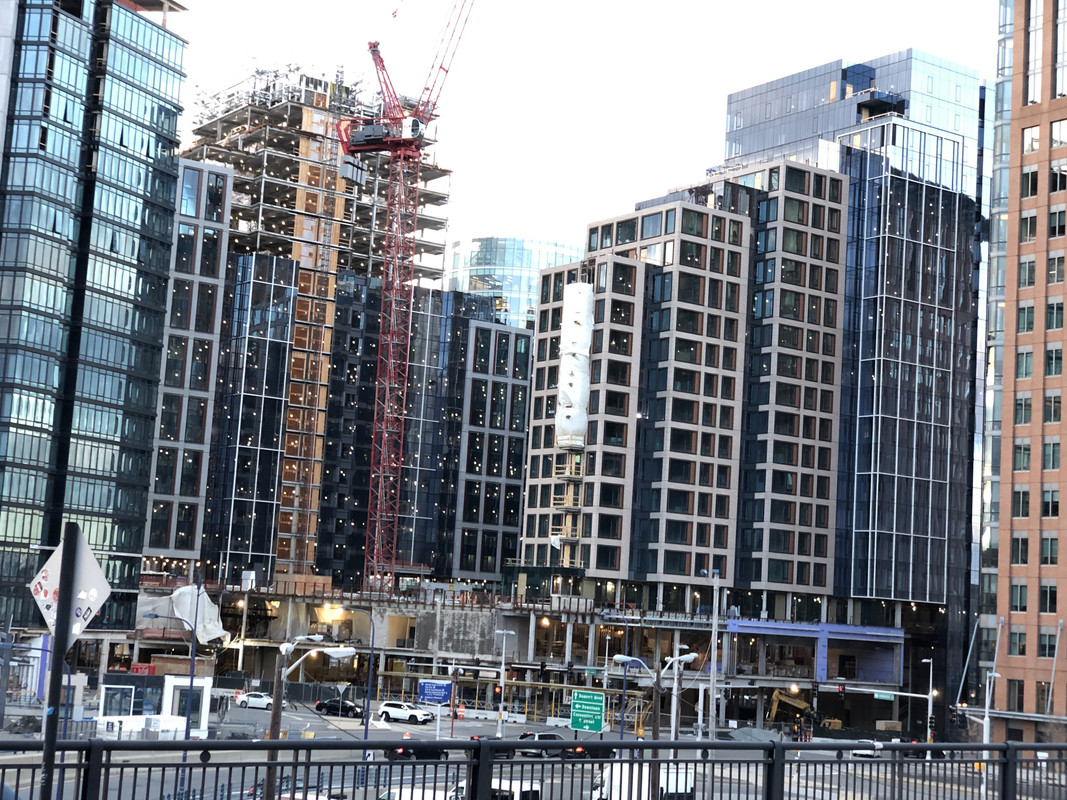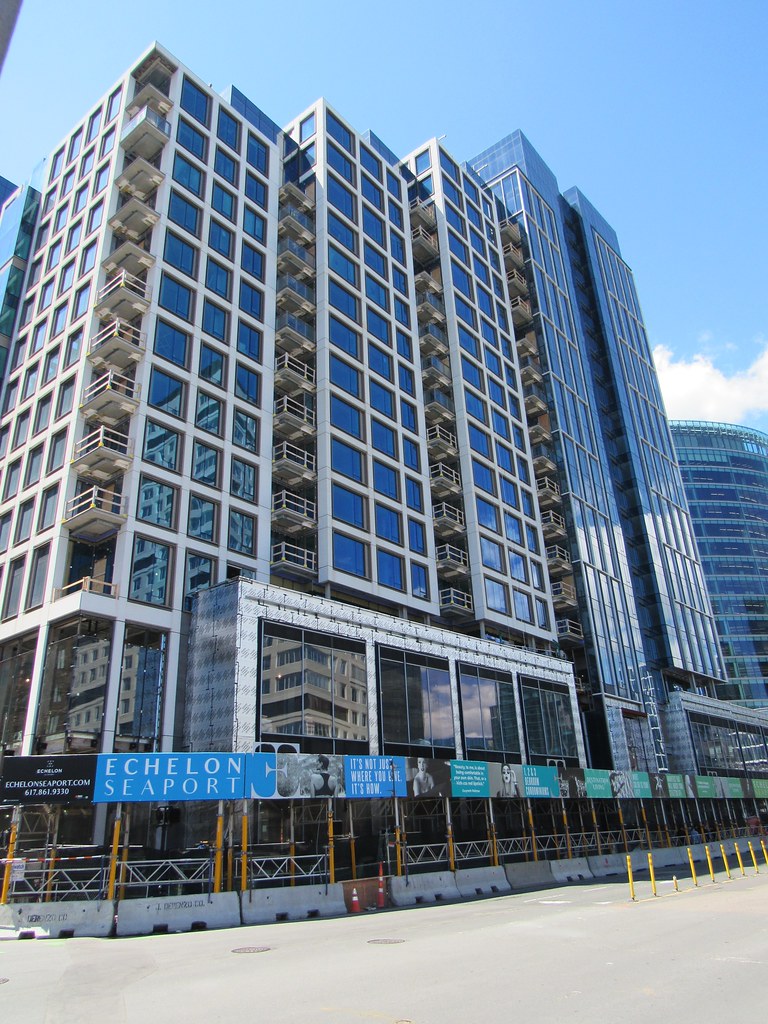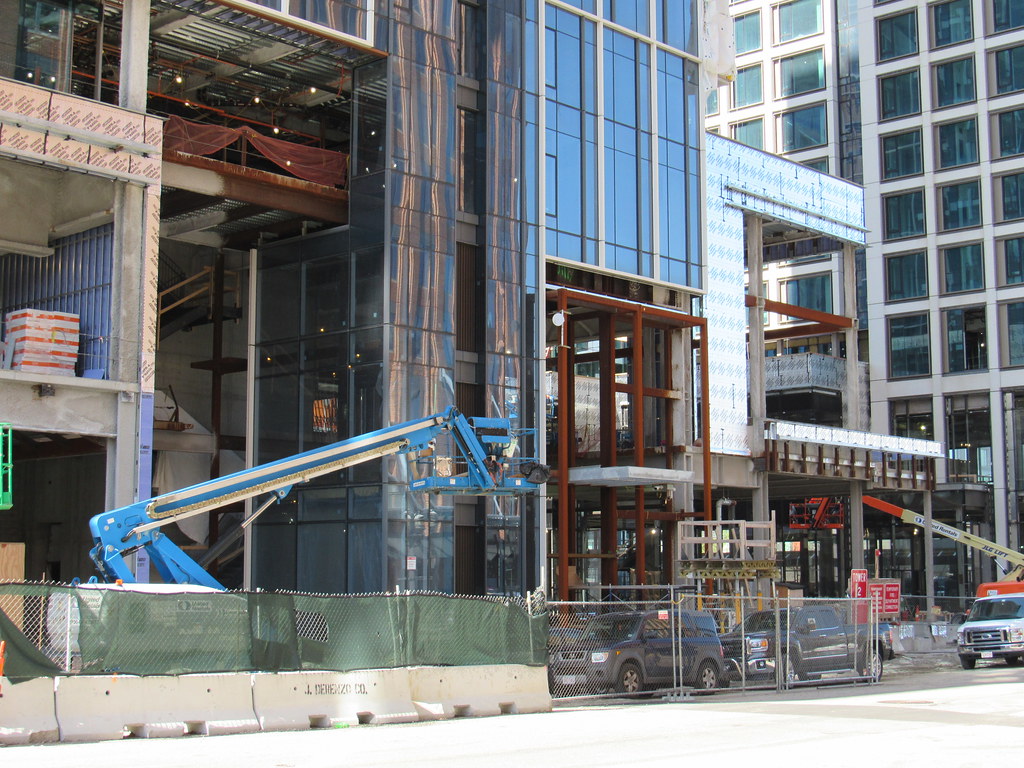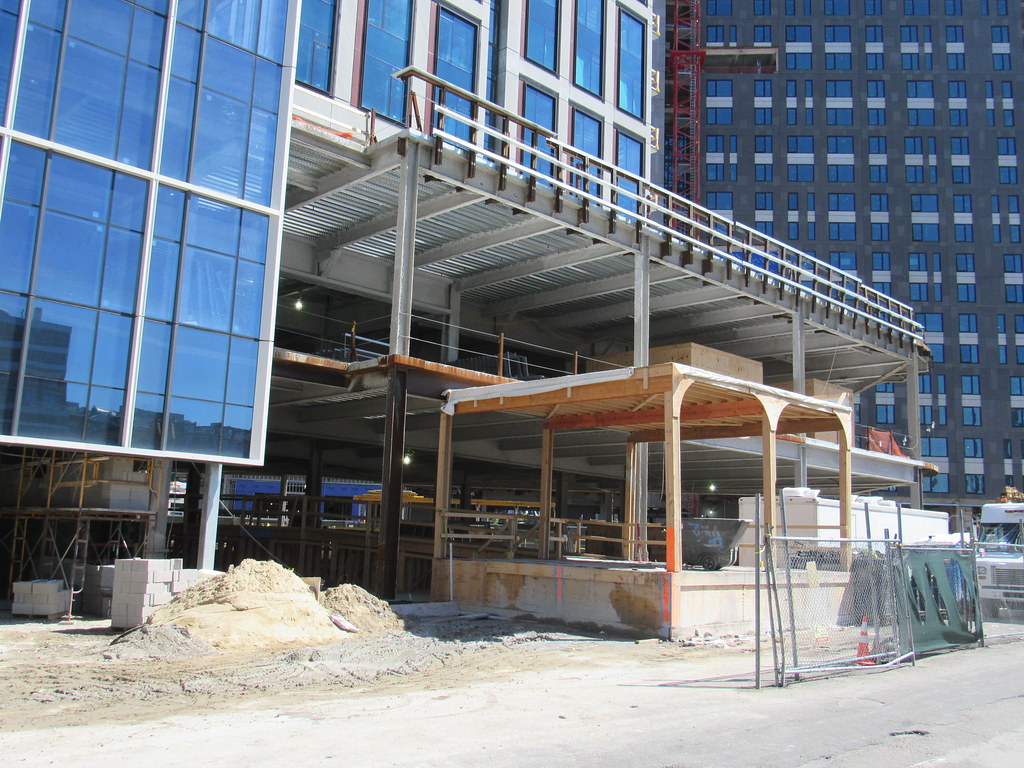JohnAKeith
Senior Member
- Joined
- Dec 24, 2008
- Messages
- 4,337
- Reaction score
- 82
I think you're talking about SF and NYC with your comment about filthy streets and mediocre schools, but about Boston, the reason you don't see the property tax revenue having any sort of effect is that the money raised on new construction is an ink spot in the city's annual budget.
The city has been getting about $50 million a year during the past few years from new construction. That's on a $3 billion budget. So, 1.6% in new funds every year, if Alexa calculated it correctly.
$50 million in new construction; $40 million by way of tax increases (limited to 2.5%) and you're around $90-$100 million in additional funds, per year (in a good year, which we've had lately, where property values are increasing).
$100 million / $3 billion is 3.3% increase in revenue per year, from which comes the money to pay new collective bargaining agreements and rising health / insurance costs.
So, there's very little money to go to new initiatives.
Also, Boston schools is a more complex issue than simply spending more money.
The city has been getting about $50 million a year during the past few years from new construction. That's on a $3 billion budget. So, 1.6% in new funds every year, if Alexa calculated it correctly.
$50 million in new construction; $40 million by way of tax increases (limited to 2.5%) and you're around $90-$100 million in additional funds, per year (in a good year, which we've had lately, where property values are increasing).
$100 million / $3 billion is 3.3% increase in revenue per year, from which comes the money to pay new collective bargaining agreements and rising health / insurance costs.
So, there's very little money to go to new initiatives.
Also, Boston schools is a more complex issue than simply spending more money.
An alternative perspective for debate: The quickly escalating price in the Seaport is attracting international and domestic investors to Boston who want to put their money in real estate and flip it in a few years. Previously, they would have overlooked Boston and focused on NYC and the Bay Area.
The Seaport is screwing over other parts of the city
Also, I dont understand the eternal optimism with things like "reaping the property taxes as on-going returns on the investments made in the area. The city (or is it the state?) also gets to swell up its affordable housing fund via the payments and concessions made to that fund"
Look at the incredible amount of wealth in NYC and SF. $100million dollar homes, record office prices, sky high commercial rents.
All, presumably, accompanied by enormous tax generation.
And yet the streets are filthy, the transit systems are collapsing, the libraries have shorter hours than most suburbs, the schools are below average, and the police departments are embarrassments.


